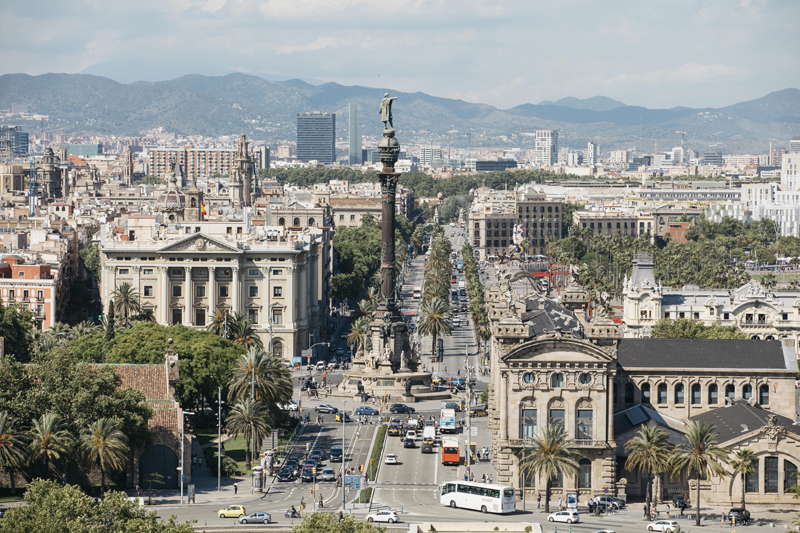Analysis of the Spanish market in Barcelona city

With a population of 47,076,781 inhabitants and a €29,913.7 GDP per capita in 2019 (€ 34,843.3 in the EU), Spain is, in the field of tourism, one of the first countries to receive international tourism. Besides, it represents one of the top 6 tourism source markets at a European level. In this sense, national tourists tend to choose national destinations: 62.6% exclusively travel inside Spain, 29.2% travel to both national and international destinations, and 8.2% travel only abroad.
In Barcelona city, Spanish tourists have a market share of 16.9%, the lowest for the last years due to the exponential growth of the international markets. The domestic tourism mainly comes from the Community of Madrid (21.4%), the Valencian Community (15.9%), Catalonia itself (14.4%), and Andalusia (11.9%).
The typical Spanish tourist in the city of Barcelona is a 41.5-year-old person, with university studies (56.1%), who works as a salaried employee (58.5%), travels alone (42.3%) or as a couple (29.6%) for leisure reasons (46.6%) and arrives in Barcelona by train (42.7%) or by plane (31.4%). In 2019, Barcelona airport received more than 14 million passengers from domestic flights, mainly from Madrid, Palma de Mallorca, Ibiza, and Seville.
When planning the trip, they usually use the information provided from both, websites and friends and relatives. On the other hand, they tend to hire the transport to get to the destination through the company’s website and they book their accommodation through OTAs (online travel agencies), being Booking and Airbnb the most used-ones. In fact, Spain is one of the countries where the use of new technologies has constantly grown in the last years: the use of social media is higher than the world average – more than 62% of the population uses them – and there is, on average, more than one mobile per person.
Regarding the type of accommodation they choose, 41.0% of national tourists stay in hotels, followed by those who stay with friends and family (34.7%). Their average stay stands at 3.8 nights, slightly above the average registered by domestic tourism throughout the Spanish territory in 2019, 3.7 nights.
When traveling, the Spanish tourists are attracted by architecture, culture, and entertainment and they usually visit the most-known tourist areas of a destination. Actually, in Barcelona, despite the fact of already knowing the city (25.5 visits on average per person), Les Rambles (60.4%) and Catalunya Square / Passeig de Gracia (58.3%) keep being the places in which they are more interested.
Finally, the national market allocates more than half of its spending during the stay on food and drinks, and the rest is distributed, in this order, on shopping and entertainment and internal transport. Thus, the expense per person and night is € 64.5, which is below the city average (€ 82.3). In conclusion, although Spain as a whole represented 32 million euros of direct spending, the domestic market is not the one that spends the most during its stay.
For more information, read the Domestic market in Barcelona results report (in Catalan)
The latest monthly tourism activity data in Destination Barcelona have been updated
The OTB presents the monthly update on the Destination Barcelona tourism activity forecast report
The OTB publishes the fourth capsule of the Tourism Activity Report 2024